
It allows to keep PV going, with more focus towards AI, but keeping be one of the few truly independent places.
-
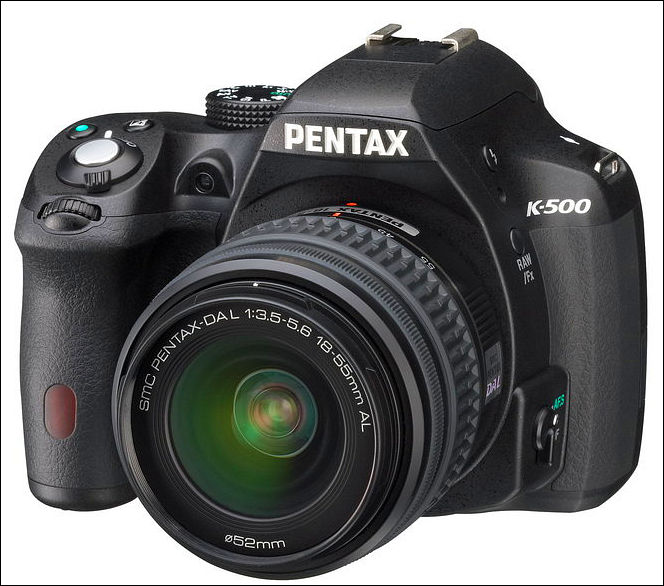
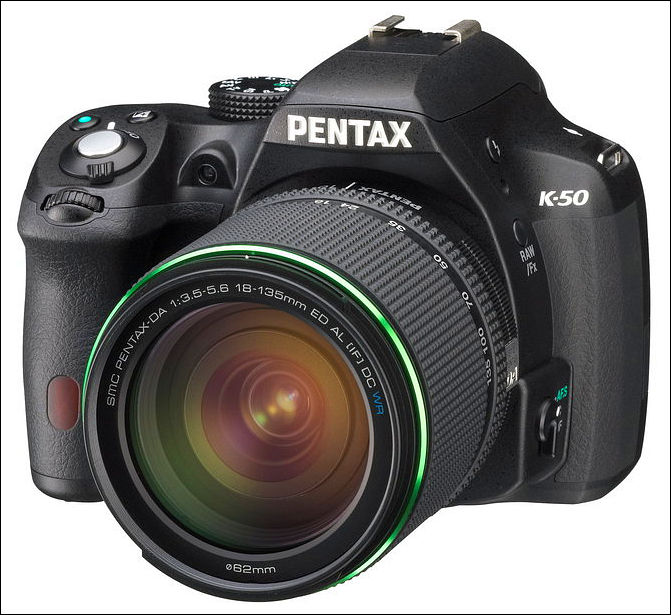
Specifications
- 16.2MP sensor
- 921,000px screen
- 6fps shooting
- SAFOX IXi+ TTL phase-detection 11 point (9 cross) wide autofocus system
- Shutter speed: 1/6000 to 30 sec
- up to 1080p30 video
- Image Stabilisation
- Weight 650g (K-50)
- Power - Li-ion battery DLI-109 (K-50), K-500 uses 4 AA
- K-500 lacks color options and weather sealing
- Expected price - $779 for K-50 and $599 for K-500
Previews:
- http://www.ephotozine.com/article/pentax-k-500-dslr-launched-22161
- http://www.dpreview.com/articles/7885360476/first-impressions-of-the-pentax-k50-and-k500
- http://www.photographyblog.com/news/pentax_k50_k500_hands_on_photos/
- http://www.thephoblographer.com/2013/06/12/first-impressions-pentax-k-50/
Available at:
- http://www.amazon.com/Pentax-Digital-Camera-18-55mm-f3-5-5-6/dp/B00DBPKAI8/
- http://www.amazon.com/Pentax-Digital-Camera-18-55mm-f3-5-5-6/dp/B00DBPKAAG/
- http://www.bhphotovideo.com/c/product/982686-REG/pentax_15507_k_500_digital_slr_camera.html
- http://www.bhphotovideo.com/c/search?Ntt=Pentax+K-50&N=0&InitialSearch=yes&sts=ma&Top+Nav-Search=

 leica1.jpg664 x 586 - 75K
leica1.jpg664 x 586 - 75K
 leica2.jpg671 x 615 - 84K
leica2.jpg671 x 615 - 84K -
Hands-on with the Pentax K-50 and K-500
http://www.pentaxforums.com/news/hands-on-with-the-pentax-k-50-and-k-500.html
-
Few images done with Pentax K-50

http://www.digitalcamerareview.com/default.asp?newsID=5346&news=pentax+k+50+image+quality
-
While perhaps the sensor in the K-50 is looking a little dated, there’s no denying it is capable of outstanding image quality. Couple that with, arguably, the more promising overall camera specification and a design aesthetic intended to suit enthusiasts and semi professionals alike and Pentax is clearly on to something.
Pentax also has one of the most tempting lens ranges with a large number of models designed specifically for APS-C format bodies. It all adds up to an enticing alternative to the usual brands and all without the usual price premium that’s often associated with switching brands.
-
Pentax K-500 is an entry level model punching some way above its weight. Very well made, an excellent performer and ergonomically one of the best designs around. We still have here a 16.28 megapixel sensor, but this is well proven and produces superb results. Noise control is outstanding, colour quality is superb.
http://www.ephotozine.com/article/pentax-k-500-digital-slr-review-22469
The Pentax K-50 is a very strong offering from Pentax, with a few unique bonuses such as weather resistance and even the range of colours. The idea of personalising a camera is something relatively new in the UK, but why not? It adds a certain something and takes nothing away. A rugged and reliable all weather DSLR that is well worth a look.
Video mode is easily accessed via the control dial and works well. Full HD is available and the result is smooth. Microphone noise does not seem to be a problem.
http://www.ephotozine.com/article/pentax-k-50-digital-slr-review-22468
-
Big K-50 review at Pentax forums

The K-50's battery compartment employs a hybrid design that lets you use either the included rechargeable battery or a set of four standard AA batteries to power the camera.
The K-50 features two control wheels- one at the front of the grip, for your index finger, and one on the back of the camera, for your thumb. This design allows you to easily adjust the shutter speed at the same time as the aperture; further in-menu customization allows you to assign other functions to the second wheel in modes such as shutter priority or aperture priority.
While in P (Program) mode, both wheels can be used to engage Pentax's unique Hyper Program mode.
All K-50 kits are fully weather sealed. This is thanks to the fact that Pentax launched two new kit lenses alongside the K-50. The new DA L 18-55mm WR and 50-200mm WR lenses
The test shows that the K-50 produces very clean files up to ISO 800. At ISO 1600 and 3200, noise is apparent but still manageable. The noise levels grow at ISO 6400 and 12,800, though even at these high sensitivty settings, most color detail is preserved.
The in-camera stabilization system compensates for about 3 stops of light, meaning that you can get blur-free hand-helds at shutter speeds as slow as 1/10s with the 18-55mm kit lens.
The K-50 supports in-camera, per-lens autofocus adjustments, a feature that's unusual for its class. This means that if you experience front-focus or back-focus issues with one or more of your lenses, you can often make the necessary adjustments in the comfort of your home, rather than having to get your camera serviced.
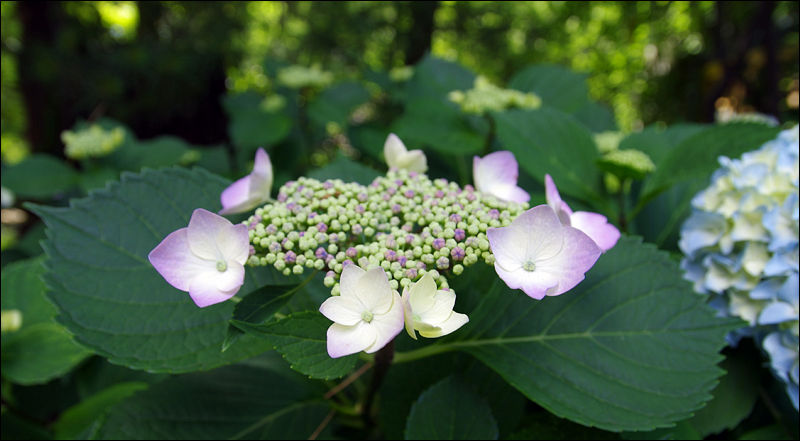
The camera starts up and is ready to shoot in just under a second. Once powered on, like almost any other DSLR, there is virtually no shutter lag.
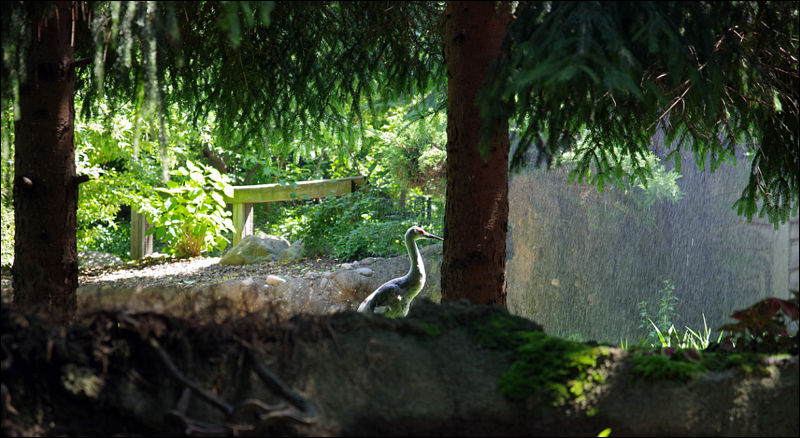
The K-50's Movie mode is pretty much a direct copy of the one found in the K-30 and K-01. It still offers a number of improvements over Pentax's flagship DSLR, the K-5 II. Namely, it provides a much more comprehensive set of FPS options at both full 1080p resolution and 720p. It also supports some manual control during video recording, which the K-5 did not. Finally, it allows for on-demand autofocus (non-continuous) during recording.
The K-50 uses the popular MPEG4 AVC/H.264 video format and produces .MOV files, which are much smaller than the K-5's .AVI files. It supports full 1080p video recording at 30/25/24 FPS, 720p recording at 60/50/30/25/24 FPS, and VGA recording at 30/25/24 fps. Recording is limited to 25 minutes or 4GB. In the course of our testing we let one recording (1080p/24 FPS) run for the full 25 minutes and never encountered an overheating problem of the sort that was sometimes seen on earlier Pentax models
The K-50 has a built-in monaural microphone like the K-30, but unlike the K-5 II, K-5, and K-01, which all offered stereo mics. Also like the K-30, it does not include an input jack for external microphones
http://www.pentaxforums.com/reviews/pentax-k-50-review/introduction.html

 pentax.jpg800 x 528 - 180K
pentax.jpg800 x 528 - 180K
 pentax1.jpg800 x 441 - 65K
pentax1.jpg800 x 441 - 65K
 pentax2.jpg800 x 438 - 104K
pentax2.jpg800 x 438 - 104K -

The new camera picks up an extra stop of ISO sensitivity, 51200, that will seldom be used and is available in 120 color combinations via special order program. The good news here is that the K-50 retains all the positives attributable to the K-30: very good still image quality, a 6 fps continuous shooting capability, full HD video capability, in-body stabilization, weather sealing, decent ISO noise performance and a fairly capable autofocus system.
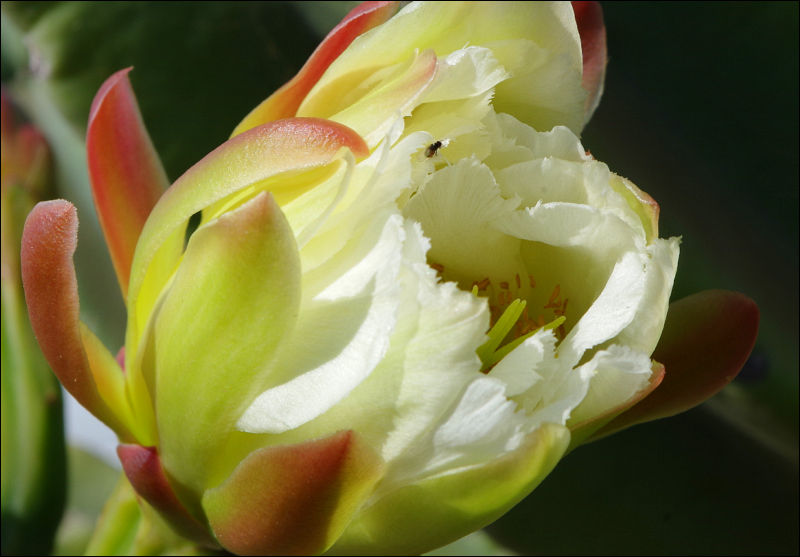
http://www.digitalcamerareview.com/default.asp?newsID=5380&review=pentax+k-50+DSLR+successor+to+k-30

 gx13.jpg800 x 521 - 58K
gx13.jpg800 x 521 - 58K
 gx14.jpg800 x 557 - 65K
gx14.jpg800 x 557 - 65K -
The K-500 features three movie shooting modes: P, Av, and M. You can select the mode via the main menu or, more conveniently, through the INFO screen. In P mode, the camera sets the shutter speed, aperture, and ISO for you, but you can adjust the exposure by up to two stops using EV compensation. In Av mode, the camera sets the shutter speed and ISO, while you choose the aperture and can also adjust the EV.

The K-500 has a built-in monaural microphone like the K-30, but unlike the K-5 II, K-5, and K-01, which all offered stereo mics. Also like the K-30, it does not include an input jack for external microphones.
Autofocus can be used before and during recording. However, the feature that a lot of users are looking for—continuous AF during recording—is not available here. While recording, you can press the AF/AE-L button to force the camera to refocus.

The Pentax K-500 is not only the most capable, but also the most affordable entry-level Pentax DSLR produced to date. Because it based on the K-50, Pentax have been able to include many advanced features while keeping the price of the camera very low.
We recommend the K-500 mainly for users who are primarily interested in still photography. This is partially due to the fact that you won't find dual control wheels or a 100%-coverage viewfinder in any competing DSLR in its class
http://www.pentaxforums.com/reviews/pentax-k-500-review/introduction.html

 g23.jpg800 x 645 - 97K
g23.jpg800 x 645 - 97K
 g24.jpg773 x 674 - 169K
g24.jpg773 x 674 - 169K -

 voig8.jpg745 x 931 - 245K
voig8.jpg745 x 931 - 245K -

 oly_lens13.jpg800 x 529 - 118K
oly_lens13.jpg800 x 529 - 118K
 oly_lens14.jpg800 x 707 - 171K
oly_lens14.jpg800 x 707 - 171K -
K-50 can produce very clean files with little visible noise at sensitivities up to ISO 1600. By ISO 3200, noise could be seen and it became more noticeable as sensitivity was increased. Most detail was preserved and colours remained accurate at ISO 6400 and 12800, particularly in flash shots.
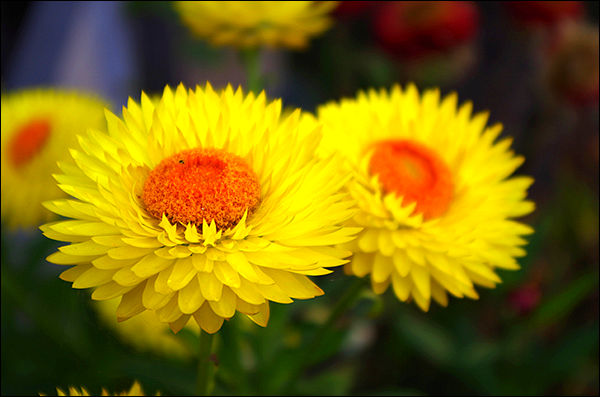
The sharpness and colour reproduction in movie clips from the review camera was slightly better than the clips we shot with the K-30, although autofocusing speeds were similar. The AF motor is noisy enough to be recorded in the background if focusing changes during recording. Otherwise soundtrack quality was acceptable – but not outstanding.
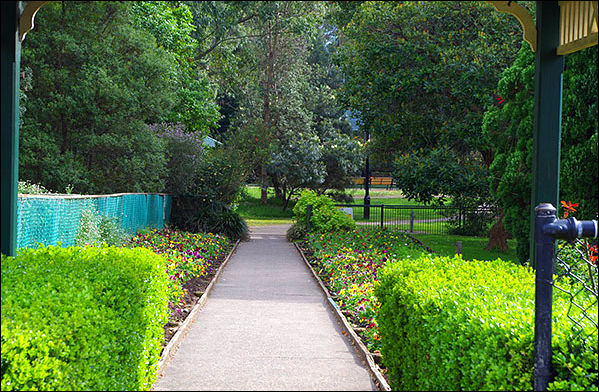
http://www.photoreview.com.au/reviews/dslr-cameras/advanced/pentax-k-50

 pent.jpg600 x 397 - 47K
pent.jpg600 x 397 - 47K
 pent1.jpg599 x 392 - 121K
pent1.jpg599 x 392 - 121K -
The Pentax K-50 produced photos of excellent quality. Noise is well controlled by the Pentax K-50, first starting to appear at ISO 1600 and becoming more easily detectable at the faster settings of ISO 3200 and 6400 when viewing images at 100% magnification on screen (particularly in the RAW files). The fastest settings of 12800 and especially 25600 look much better on paper than in reality.
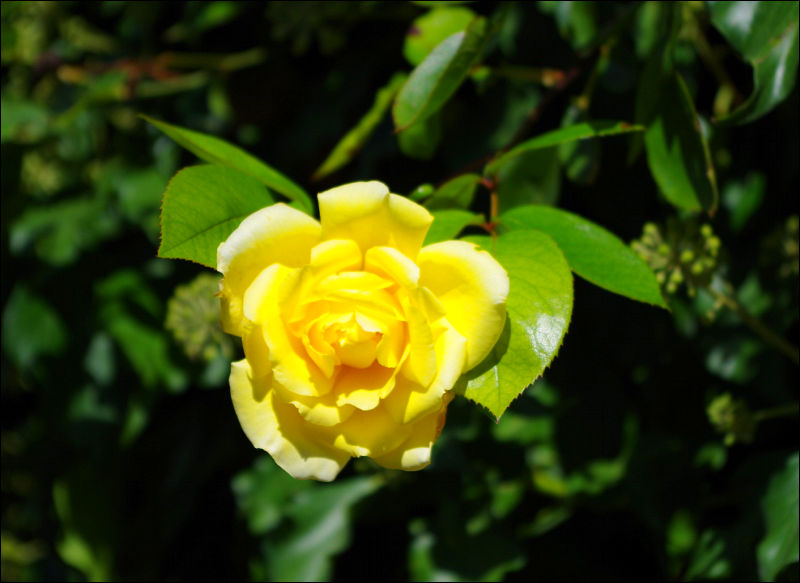
The Pentax K-50 has a Shake Reduction mechanism built into the camera body, which allows you to take sharp photos at slower shutter speeds than other digital cameras.
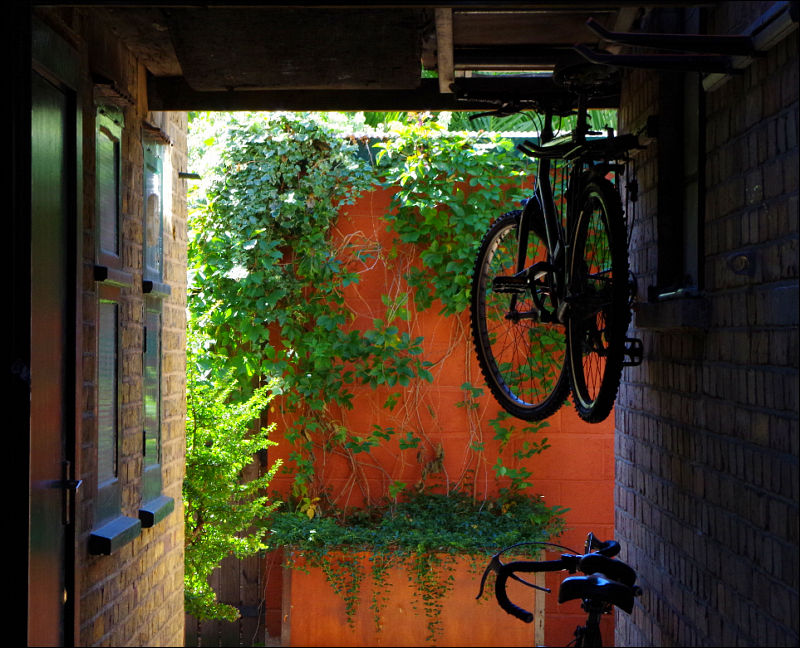
The Pentax K-50's HDR Capture option (only available for JPEGs) takes three images with different exposures, and then records a single image that combines the properly exposed parts of each one, expanding its dynamic range.

 pentax.jpg800 x 583 - 68K
pentax.jpg800 x 583 - 68K
 pentax1.jpg800 x 648 - 145K
pentax1.jpg800 x 648 - 145K -
The Pentax K-500 features a built-in Shake Reduction system. Turn it on via the main menu option and the K-500 automatically compensates for camera shake, which is a slight blurring of the image that typically occurs at slow shutter speeds, providing approximately 2.5 to 4 shutter steps of compensation.

The Pentax K-500 is identical to the K-50, just without that camera's (and kit lens') weather-proofing, which actually makes the K-500 a bit of a bargain if you never intend to shoot regularly in the rain or more extreme environments.
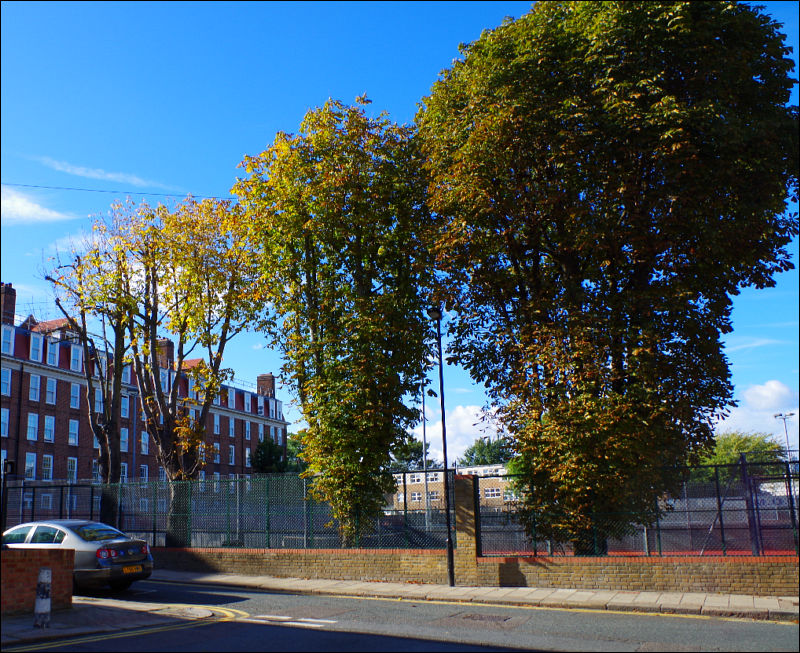
The K-500's still image quality is excellent, producing noise-free images all the way from from ISO 100-1600. Noise starts to become apparent at ISO 3200, with a little more noise and smearing of fine detail at the higher settings of 6400 and 12800.
http://img.photographyblog.com/reviews/pentax_k500/sample_images/pentax_k500_01.mov

 test10.jpg800 x 653 - 215K
test10.jpg800 x 653 - 215K
 test11.jpg800 x 622 - 152K
test11.jpg800 x 622 - 152K -
K-50 delivers accurate exposures, a healthy dose of sharp details, and pleasing, accurate color.
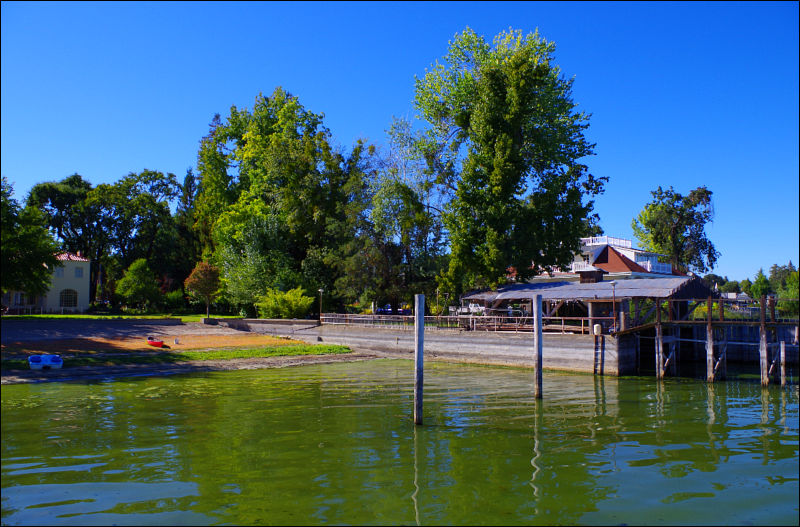
The K-50 has a large optical viewfinder with 100% field of view coverage.

Really top-notch camera.
http://www.steves-digicams.com/camera-reviews/pentax/k50-dslr/pentax-k-50-dslr-review.html

 sigm5.jpg800 x 527 - 67K
sigm5.jpg800 x 527 - 67K
 sigm6.jpg800 x 527 - 130K
sigm6.jpg800 x 527 - 130K -
Camera can stand up to the elements and deliver a high-end shooting experience, yet won’t place undue burden on your finances. For most photographers is will be a winning formula.
http://www.popphoto.com/gear/2013/10/camera-test-pentax-k-50
-

 monopod13.jpg590 x 854 - 79K
monopod13.jpg590 x 854 - 79K -
New firmware V1.10
- Corresponded to [KAF4 lens mount] that is equipped with an electromagnetic diaphragm control system.
- Enable new lens HD PENTAX-DA 55-300mmF4.5-6.3ED PLM WR RE to shoot stable by updating firmware.
- Improved stability for general performance.
http://www.ricoh-imaging.co.jp/english/support/digital/k-50_s.html
Howdy, Stranger!
It looks like you're new here. If you want to get involved, click one of these buttons!
Categories
- Topics List23,976
- Blog5,724
- General and News1,351
- Hacks and Patches1,153
- ↳ Top Settings33
- ↳ Beginners255
- ↳ Archives402
- ↳ Hacks News and Development56
- Cameras2,361
- ↳ Panasonic991
- ↳ Canon118
- ↳ Sony156
- ↳ Nikon96
- ↳ Pentax and Samsung70
- ↳ Olympus and Fujifilm100
- ↳ Compacts and Camcorders300
- ↳ Smartphones for video97
- ↳ Pro Video Cameras191
- ↳ BlackMagic and other raw cameras116
- Skill1,961
- ↳ Business and distribution66
- ↳ Preparation, scripts and legal38
- ↳ Art149
- ↳ Import, Convert, Exporting291
- ↳ Editors191
- ↳ Effects and stunts115
- ↳ Color grading197
- ↳ Sound and Music280
- ↳ Lighting96
- ↳ Software and storage tips267
- Gear5,414
- ↳ Filters, Adapters, Matte boxes344
- ↳ Lenses1,579
- ↳ Follow focus and gears93
- ↳ Sound498
- ↳ Lighting gear314
- ↳ Camera movement230
- ↳ Gimbals and copters302
- ↳ Rigs and related stuff272
- ↳ Power solutions83
- ↳ Monitors and viewfinders339
- ↳ Tripods and fluid heads139
- ↳ Storage286
- ↳ Computers and studio gear560
- ↳ VR and 3D248
- Showcase1,859
- Marketplace2,834
- Offtopic1,319
Tags in Topic
- pentax 48










